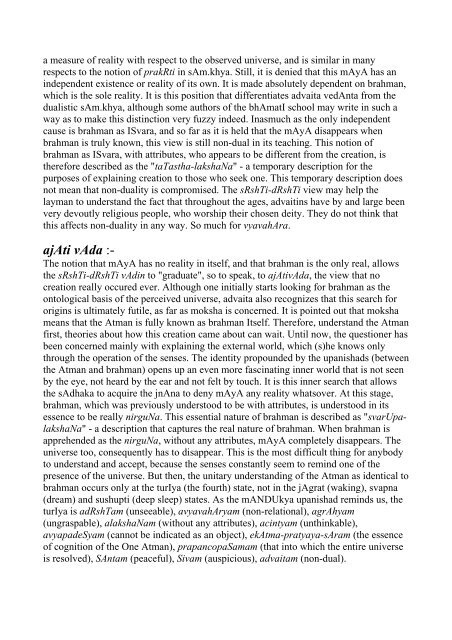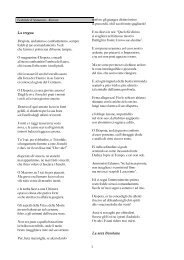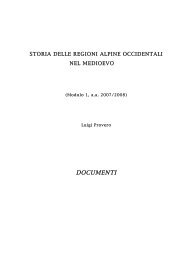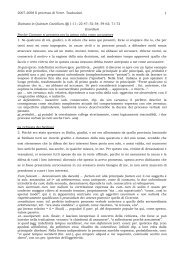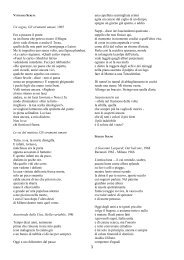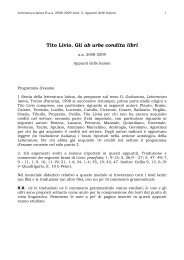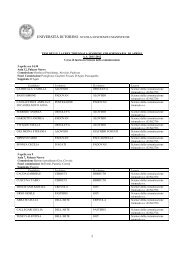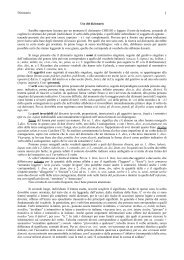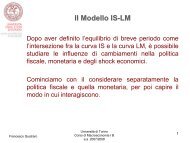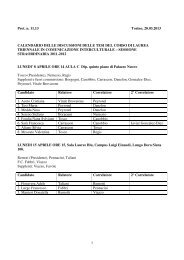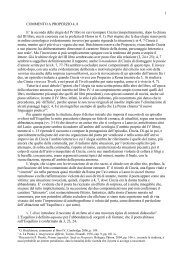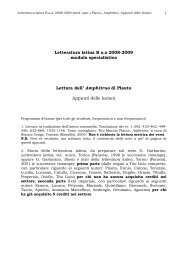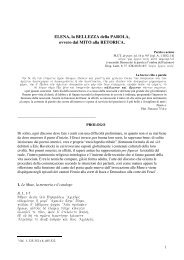ajAti vAda
ajAti vAda
ajAti vAda
You also want an ePaper? Increase the reach of your titles
YUMPU automatically turns print PDFs into web optimized ePapers that Google loves.
a measure of reality with respect to the observed universe, and is similar in many<br />
respects to the notion of prakRti in sAm.khya. Still, it is denied that this mAyA has an<br />
independent existence or reality of its own. It is made absolutely dependent on brahman,<br />
which is the sole reality. It is this position that differentiates advaita vedAnta from the<br />
dualistic sAm.khya, although some authors of the bhAmatI school may write in such a<br />
way as to make this distinction very fuzzy indeed. Inasmuch as the only independent<br />
cause is brahman as ISvara, and so far as it is held that the mAyA disappears when<br />
brahman is truly known, this view is still non-dual in its teaching. This notion of<br />
brahman as ISvara, with attributes, who appears to be different from the creation, is<br />
therefore described as the "taTastha-lakshaNa" - a temporary description for the<br />
purposes of explaining creation to those who seek one. This temporary description does<br />
not mean that non-duality is compromised. The sRshTi-dRshTi view may help the<br />
layman to understand the fact that throughout the ages, advaitins have by and large been<br />
very devoutly religious people, who worship their chosen deity. They do not think that<br />
this affects non-duality in any way. So much for vyavahAra.<br />
<strong>ajAti</strong> <strong>vAda</strong> :-<br />
The notion that mAyA has no reality in itself, and that brahman is the only real, allows<br />
the sRshTi-dRshTi vAdin to "graduate", so to speak, to <strong>ajAti</strong><strong>vAda</strong>, the view that no<br />
creation really occured ever. Although one initially starts looking for brahman as the<br />
ontological basis of the perceived universe, advaita also recognizes that this search for<br />
origins is ultimately futile, as far as moksha is concerned. It is pointed out that moksha<br />
means that the Atman is fully known as brahman Itself. Therefore, understand the Atman<br />
first, theories about how this creation came about can wait. Until now, the questioner has<br />
been concerned mainly with explaining the external world, which (s)he knows only<br />
through the operation of the senses. The identity propounded by the upanishads (between<br />
the Atman and brahman) opens up an even more fascinating inner world that is not seen<br />
by the eye, not heard by the ear and not felt by touch. It is this inner search that allows<br />
the sAdhaka to acquire the jnAna to deny mAyA any reality whatsover. At this stage,<br />
brahman, which was previously understood to be with attributes, is understood in its<br />
essence to be really nirguNa. This essential nature of brahman is described as "svarUpalakshaNa"<br />
- a description that captures the real nature of brahman. When brahman is<br />
apprehended as the nirguNa, without any attributes, mAyA completely disappears. The<br />
universe too, consequently has to disappear. This is the most difficult thing for anybody<br />
to understand and accept, because the senses constantly seem to remind one of the<br />
presence of the universe. But then, the unitary understanding of the Atman as identical to<br />
brahman occurs only at the turIya (the fourth) state, not in the jAgrat (waking), svapna<br />
(dream) and sushupti (deep sleep) states. As the mANDUkya upanishad reminds us, the<br />
turIya is adRshTam (unseeable), avyavahAryam (non-relational), agrAhyam<br />
(ungraspable), alakshaNam (without any attributes), acintyam (unthinkable),<br />
avyapadeSyam (cannot be indicated as an object), ekAtma-pratyaya-sAram (the essence<br />
of cognition of the One Atman), prapancopaSamam (that into which the entire universe<br />
is resolved), SAntam (peaceful), Sivam (auspicious), advaitam (non-dual).


